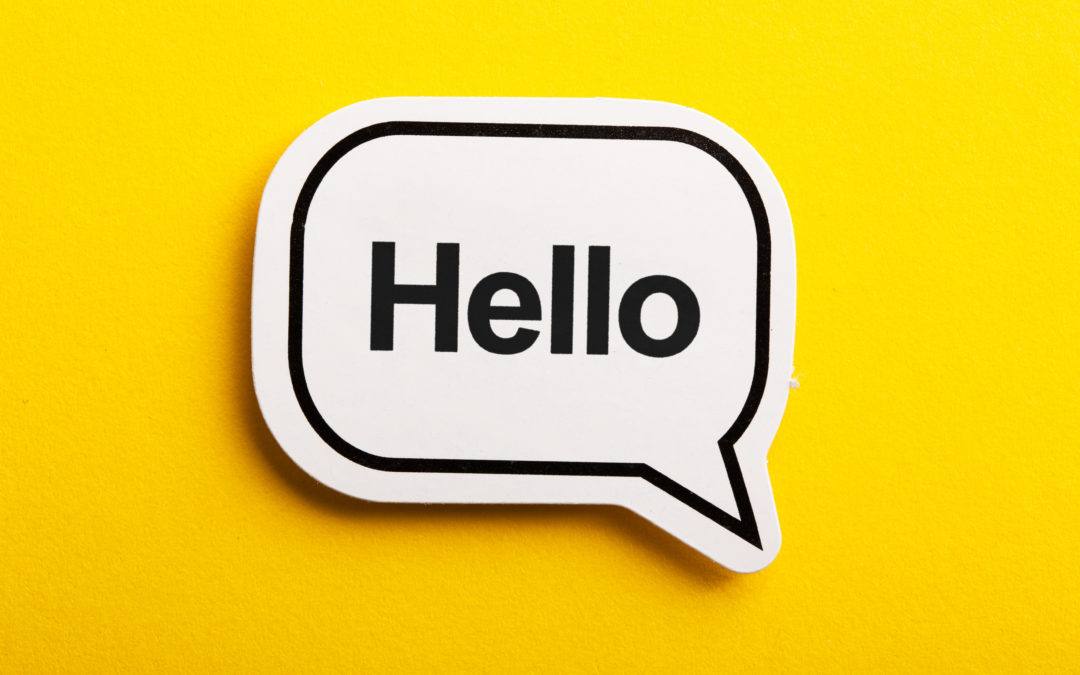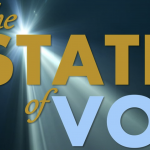How to Sound More Conversational in Your Performance
By: Linda Bruno
From: The Voiceover Gurus
One of the biggest challenges that you might have to come across in front of the microphone while performing is sounding conversational. This is because we rarely get any proper training to sound comfortable while we are talking to a wall so, to sound conversational, the interaction of another person is needed.
There are so many benefits of being conversational. This is what gets your audience and your listeners hooked. Who wouldn’t want to listen to someone who sounds like as if they are directly having a conversation with the listener?
Before I go on and give you tips regarding the way you should be delivering the content, here is one very important tip that always works.
If you think that you lack the quality of sounding conversational, what you can do is create the image of a person in your mind. We do this when we are talking on the phone. We curate the image of the person we are talking to in our mind. So, it shouldn’t be too difficult.
Now, whose image should you conjure up in your mind? Should it be a face and a body with no features? Just an effigy? No, it should be a real person. Anyone with whom you are comfortable talking to and can imagine quite clearly in your mind. It could be a sibling, your close friend or co-worker or anyone else you usually have comfortable conversations with.
When you are successful in the first step, imagine the feedback that you would get. Do they seem interested, do they approve or shake their head? This would assist you in adjusting your delivery to sound conversational even if you are reading. When there is no feedback from the listener, we forget the essentials of sounding conversational.
Here are five handy tips for you to sound more natural, engaging, and conversational:
· Body Language
Non-verbal communication is important. Your body language, gestures, and expressions speak too. Talk with your hands. But not too much. Use them when necessary as you would in conversing in real life.
· Colloquialisms
Now, let’s talk about the word substitutions. You can use colloquialisms effectively such as gonna and wanna for going to and want to. Avoid sounding too regional though.
· Contractions
In the written word, no one uses contractions. But they are spoken by everyone. Contract the words such as I have to I’ve, do not to don’t and the likes. Merely reading these contractions makes the script or whatever it is that you are delivering conversational. Try it.
· Interjections
Have you tried adding a bit to what you are given to speak/record? Try starting your sentence with a Hey, Look now, etc. This would get you off to a conversational start right away as it adds a casual touch to your speech.
· Speech Disfluencies
Yes, language and choice of words matters. But, it never hurt to add a few harmless fillers like so, like, um, you know to your speech. It gives the impression as if you are thinking and speaking the same way as you would do in a real conversation.
Hope you find these tips helpful!
Linda Bruno – Voiceover Gurus – is a working successful voiceover actress with over 25 years of experience. Learn from someone who currently is the voice of several large clients, like HSN, Disney, Pfizer and Fandango and get real-world guidance from her because she knows the business first hand. Linda offers a twelve lesson comprehensive, that is pay-as-you-go to offer full flexibility as each student has a customized path for learning










Such a great article. Thanks Linda
Test3